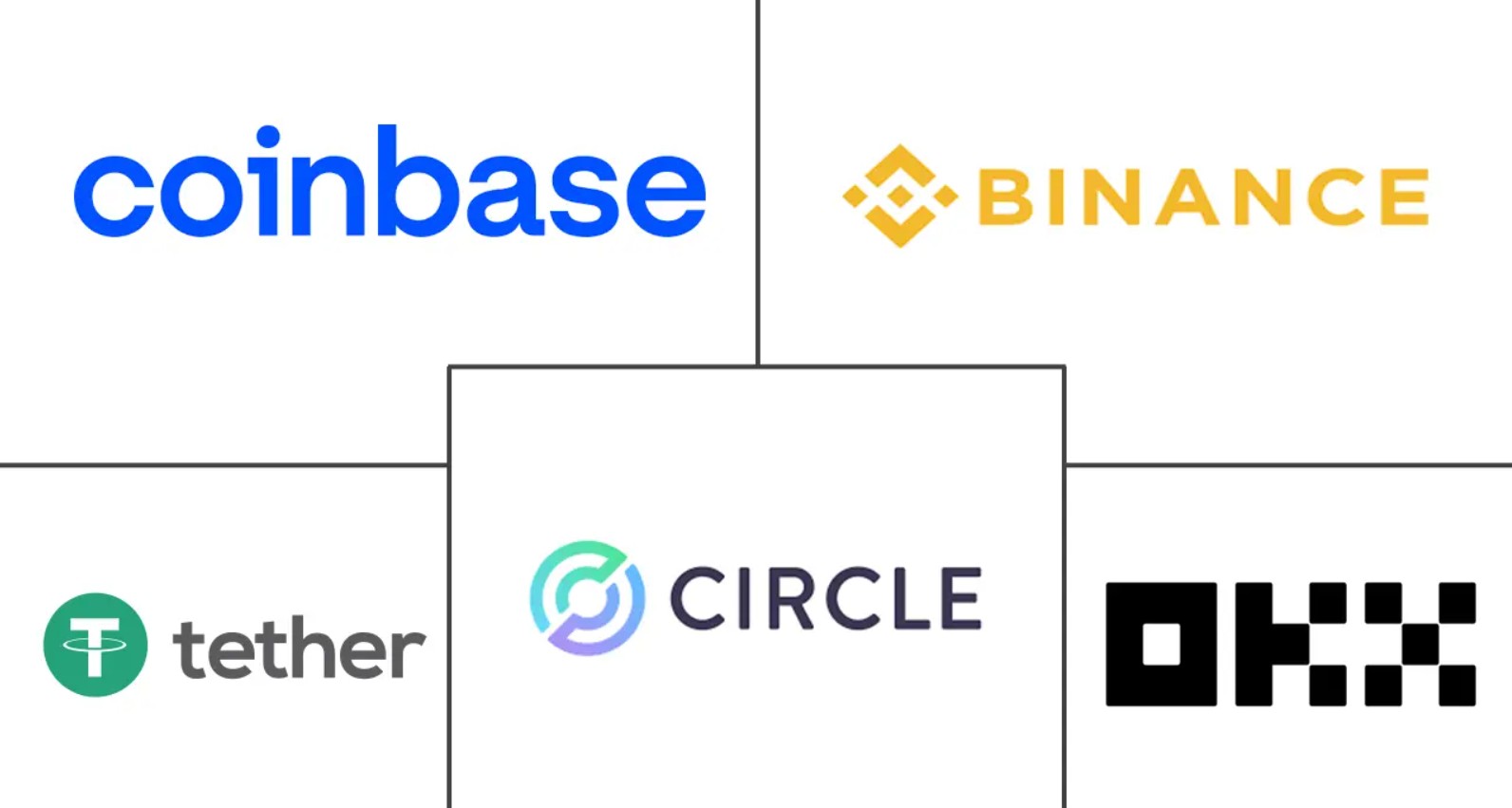If you are reading this, chances are you have heard the word crypto way too many times and finally want to know what all the fuss is about. Maybe your friend is making money, maybe your favorite YouTuber keeps talking about it, or maybe you are just curious. Whatever brought you here, welcome. You are about to get a clear, step by step guide on how to start investing in crypto in 2025.

This is not going to be a confusing, tech heavy deep dive. Instead, think of it as someone walking you through crypto like a friend would. No pressure, no complicated language, and definitely no false promises. Let’s get started.
Step 1: Understand What Crypto Actually Is
Before you throw your money into anything, you need to understand what you are investing in.
Cryptocurrency, or crypto for short, is a form of digital money. Unlike regular money you keep in a bank, crypto lives on a technology called blockchain, which is basically a public record of transactions. The whole idea behind it is that it is not controlled by any one government, company, or bank.
Popular examples include:
- Bitcoin (BTC) – The first and most well known
- Ethereum (ETH) – A platform for smart contracts and decentralized apps
- Solana (SOL), Cardano (ADA), and Avalanche (AVAX) – Other blockchains competing with Ethereum
- Stablecoins like USDC and USDT – Coins designed to stay equal to the US dollar
Crypto is not just about digital money anymore. It includes finance, art, gaming, identity, and more. But for now, you are here to learn how to invest, so let’s keep moving.
Step 2: Decide Why You Want to Invest
This is more important than people think. Are you trying to grow your savings? Looking for a side hustle? Curious about long term investing? Or just want to experiment?
Your “why” will shape your “how.”
For example:
- If you are in it for quick profit, you might look at trading or trending altcoins (not recommended for beginners)
- If you are looking for steady growth, you may want to stick with top coins like Bitcoin or Ethereum
- If you want passive income, you can explore staking or interest earning options
Write down your goal and refer back to it often. It will help you stay focused when things get confusing or emotional, which they will.
Step 3: Choose the Right Exchange
To buy crypto, you need to use a crypto exchange. This is basically a platform where you can create an account, deposit money, and buy digital coins.
In 2025, there are many trusted exchanges. Here are a few that are beginner friendly:
- Coinbase – Great for complete beginners, super easy to use
- Binance – Offers more coins and features, slightly more advanced
- Kraken – Strong on security, good for people in the US and Europe
- Bybit or OKX – More options if you want to explore global platforms
What to Look For in an Exchange
- Is it available in your country?
- Does it support your local currency?
- Are the fees reasonable?
- Is the user interface beginner friendly?
- Does it have good customer support?
Create your account, verify your identity, and connect your bank card or account to deposit money.
Step 4: Start with a Small Amount
Now comes the fun part—buying your first crypto. But here’s the golden rule:
Only invest money you can afford to lose.
Crypto is exciting, but it is also unpredictable. It is better to start small, even if it is just twenty or fifty dollars, and get used to how things work. You can always add more later.
Coins to Start With
- Bitcoin (BTC) – Considered the safest and most widely accepted
- Ethereum (ETH) – Powerful and flexible, used in thousands of apps
- Solana (SOL) – Known for speed and low fees
- Stablecoins (USDC, USDT) – Great for earning interest or holding value
Once you buy your crypto, you will see it in your exchange wallet. Congrats—you are officially a crypto investor.
Step 5: Choose a Wallet for Safety
Exchanges are convenient, but not always the safest place to keep your crypto long term. If the exchange is hacked or has issues, you could lose access to your funds.
That is why serious investors use crypto wallets—digital tools that let you hold your crypto securely.
Types of Wallets
- Hot Wallets – Online wallets that are easy to use, like Trust Wallet or MetaMask
- Cold Wallets – Physical devices that store your crypto offline, like Ledger or Trezor
For beginners, a hot wallet is fine to start. But if you start investing larger amounts, a cold wallet is a smart upgrade.
Step 6: Learn the Basics of Market Behavior
Crypto prices go up and down. Sometimes they go up a lot, and then drop just as fast. This is totally normal.
You will hear terms like:
- Bull market – When prices are rising and everyone is excited
- Bear market – When prices are falling and fear sets in
- FOMO – Fear of missing out, which causes people to buy at the top
- HODL – A slang word for holding onto your coins no matter what
Do not panic when the price drops. And do not chase green candles. The key is to stay calm, stick to your plan, and avoid emotional decisions.
Step 7: Explore Passive Income Options
Once you own some crypto, you can do more than just hold it. You can put it to work through several passive income strategies.
Common Methods
- Staking – Lock your coins and earn rewards over time
- Lending – Let others borrow your coins and earn interest
- Savings accounts – Some platforms offer interest just for holding crypto
- Cashback and rewards – Apps like Lolli or StormX pay you in Bitcoin when you shop online
These are not get rich quick tricks, but they can grow your portfolio slowly and steadily.
Step 8: Avoid Scams and Stay Safe
Crypto is full of opportunity, but also full of traps. Scammers love new investors who do not know what to watch for.
Stay Safe By Following These Rules
- Never give anyone your private keys or wallet phrase
- Avoid platforms or tokens promising guaranteed profits
- Do not click on random links from strangers
- Stick to official websites and apps
- Always double check wallet addresses before sending money
If someone messages you offering “secret investments” or “quick returns,” run. No legit opportunity will ask you for personal wallet details.
Step 9: Keep Track of Your Portfolio and Taxes
As your investments grow, it is helpful to track what you own and how it is performing. Use apps like CoinStats, CoinGecko, or Blockfolio to monitor your portfolio.
Also, remember that in most countries, crypto is taxed. If you sell crypto, earn interest, or swap coins, you may need to report it.
Keep records of what you buy, sell, or earn. Some exchanges even offer downloadable tax reports to make things easier.
Step 10: Keep Learning and Stay Updated
The crypto world moves fast. What is popular today might be old news next month. That is why it is important to stay informed.
Easy Ways to Keep Learning
- Follow trusted crypto news sites like CoinDesk or Decrypt
- Subscribe to YouTube channels or newsletters that explain market trends
- Join crypto communities on Reddit or Telegram
- Follow developers or projects you invest in
- Take part in free Learn and Earn programs to earn coins while learning
The more you know, the more confident and prepared you will feel as an investor. Starting your crypto investment journey in 2025 does not have to be complicated. You do not need to be a tech expert or a financial genius. All you need is the right information, a little curiosity, and a willingness to take small, thoughtful steps. The most important thing? Start slow. Be patient. Focus on learning, not just earning. Over time, your confidence and portfolio will both grow. Welcome to the world of crypto investing. You are officially in.
 SpecDecoder
SpecDecoder



